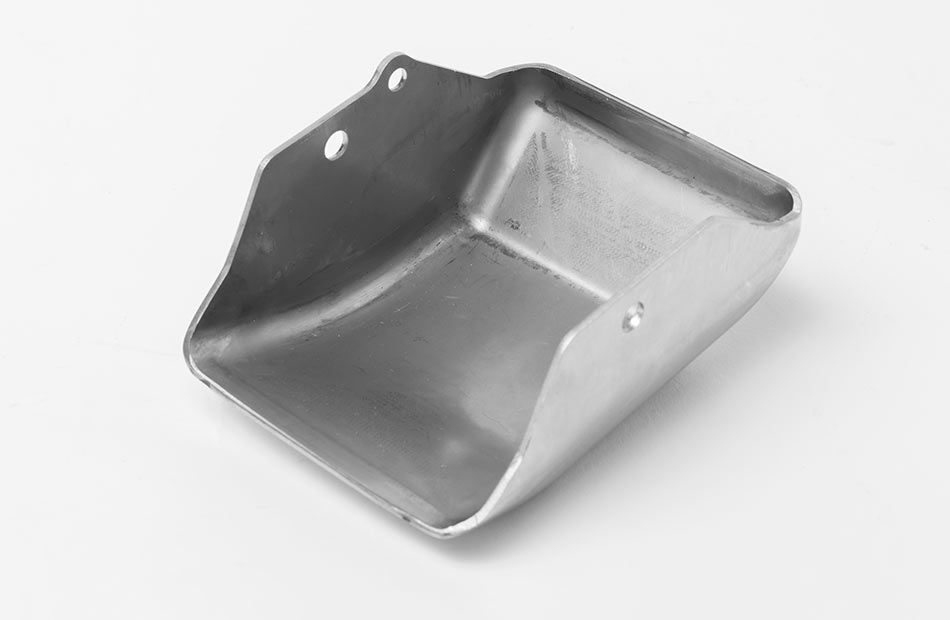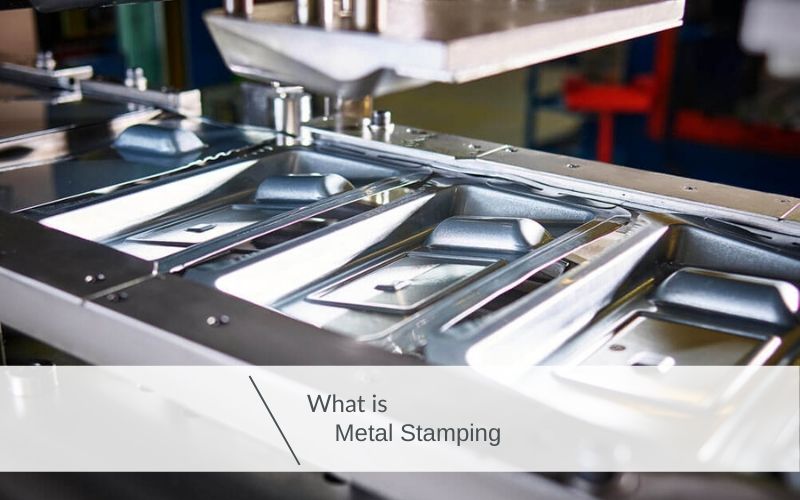Letting Loose the Prospective of Steel Stamping: Professional Tips and Finest Practices Exposed
In the world of steel marking, where accuracy and performance power supreme, the pursuit to enhance procedures and unlock hidden potentials is a perpetual search. Proficiency sharpened over years of market experience, combined with cutting-edge innovations and innovative practices, holds the vital to achieving unparalleled outcomes. As we navigate with the detailed world of metal stamping, a better take a look at the details of tooling style, material selection, manufacturing efficiency, quality assurance, and emerging fads guarantees a gold mine of understandings waiting to be unearthed. Remain tuned to discover just how these expert ideas and best methods can revolutionize the steel marking landscape.
Tooling Design Optimization
Enhancing tooling design is vital for boosting effectiveness and accuracy in steel marking processes. A well-thought-out tooling style can dramatically influence the quality and cost-effectiveness of metal stamping operations. By very carefully taking into consideration factors such as material choice, die setup, and component geometry, suppliers can streamline production procedures and boost total item quality.
One secret facet of tooling style optimization is choosing the most appropriate materials for the punches and passes away used in the stamping procedure. Materials with high wear resistance and toughness are preferred to guarantee longevity and reduce tooling upkeep requirements. In addition, die setup plays a critical duty in achieving harmony and uniformity in stamped parts. Proper die design can help prevent issues such as wrinkling, tearing, and too much springback, bring about greater production yields and decreased scrap prices.
Furthermore, maximizing component geometry with tooling style can assist reduce material waste and production time. By thoroughly shaping passes away and punches to match the wanted component specifications, manufacturers can achieve tighter resistances and enhanced component top quality. Generally, investing time and resources in enhancing tooling layout can lead to significant long-lasting benefits for steel stamping procedures.

Material Choice Approaches
Tactically choosing products for steel stamping tooling is extremely important for ensuring longevity and performance in producing processes. When selecting materials for steel marking applications, several vital variables need to be thought about.
One more vital consider material option is the predicted production volume - Metal Stamping. For high-volume manufacturing runs, tooling materials with exceptional wear resistance and toughness, such as device steels or carbide, are typically chosen to withstand the roughness of constant stamping procedures
Moreover, the intricacy of the stamping style and the required accuracy likewise play a considerable function in material choice. For elaborate marking patterns or limited resistances, products with high thermal conductivity and exceptional machinability, like beryllium copper or tool steel alloys, may be more ideal to accomplish the preferred results.
Manufacturing Performance Methods
To improve producing outcome and lessen manufacturing expenses, executing effective methods in metal stamping processes is important. Automated metal stamping devices can carry out tasks with precision, consistency, and at a much faster rate than hand-operated labor, leading to increased productivity and decreased cycle times.
Another method to enhance manufacturing efficiency is through continual procedure enhancement. Carrying out regular audits and efficiency evaluations can aid identify traffic jams, inadequacies, and locations for improvement within the metal stamping process. By assessing information and comments from these examinations, makers can apply targeted services to enhance operations, increase throughput, and make best use of total performance.
Moreover, adopting lean production principles, such as five approach and Kanban Clicking Here systems, can aid get rid of waste, improve process, and enhance general productivity in steel marking operations. By promoting a society of continuous improvement and encouraging employees to add concepts for effectiveness gains, producers can open the full potential of their steel marking processes.
Quality Assurance Procedures
Structure on the structure of reliable production strategies in steel marking procedures, making sure rigid quality assurance steps is necessary for maintaining product requirements and client satisfaction. Quality control in steel marking includes systematic inspection, testing, and tracking of the production processes to identify and fix any type of discrepancies or flaws that can jeopardize the end product's stability (Metal Stamping). Carrying out measures such as regular tools upkeep, in-process evaluations, and complete screening of finished parts can aid identify problems early and stop costly rework or product remembers
In addition to proactive high quality control actions, it is necessary to develop clear high quality requirements and specifications that straighten with customer requirements. Regular audits and reviews of high quality processes can help determine locations for improvement and guarantee uniformity in product high quality. By fostering a culture of quality consciousness among staff members and offering sufficient training on top quality control procedures, makers can enhance general product integrity and brand name track record. Ultimately, purchasing robust quality assurance determines not just safeguards versus non-conformities and defects yet also leads the way for sustained organization development and client commitment.

Ingenious Metal Stamping Technologies
Improvements in metal marking innovations have actually transformed the production market, enhancing performance and precision in the production process. Among one of the most considerable advancements is the growth of servo press innovation. Servo presses offer exceptional control over the marking process, enabling changes in rate, pressure, and dwell time with extraordinary precision. This level of control results in greater top quality parts, lowered downtime for tooling changes, and enhanced overall efficiency.

In addition, the adoption of additive manufacturing methods in steel marking, such as 3D printing of die parts, has streamlined the tooling style and manufacturing procedure. This method enables for better layout flexibility, fast prototyping, and expense savings in tooling production. By leveraging these cutting-edge innovations, suppliers can unlock new degrees of performance, quality, and competition in the steel marking sector.
Conclusion
Finally, the optimization of tooling style, critical material choice, reliable production techniques, quality assurance procedures, and cutting-edge technologies are crucial for releasing the full potential of metal stamping. By applying these best methods and professional ideas, suppliers can improve productivity, boost high quality, and remain competitive in the metal marking sector. It is critical for companies to constantly assess web link and improve their processes to accomplish success in this area.
As we browse with the elaborate globe of steel stamping, a more detailed look at the details of tooling style, material option, manufacturing efficiency, top quality control, and emerging trends assures a treasure chest of insights waiting to be unearthed. A well-balanced tooling style can significantly influence the high quality and cost-effectiveness of steel stamping operations.Structure on the foundation of effective production strategies in metal marking processes, making certain rigorous top quality control measures is critical for preserving item requirements and consumer fulfillment. Quality control in metal stamping entails methodical examination, testing, and surveillance of the manufacturing refines to identify and fix any type of deviations or flaws that might endanger the last item's integrity.In final thought, the optimization of tooling layout, strategic product choice, efficient production strategies, quality control procedures, and cutting-edge technologies are necessary for unleashing the complete potential of metal marking.